Some of the widest highways in the US have more than 20 lanes but widening them won't solve traffic congestion
James Pasley

- The federal government is providing states with $350 billion to spend on highways to alleviate traffic congestion.
- The US has some of the widest highways in the world, but some states are planning on expanding them.
Some of the widest highways in the US have more than 20 lanes — and traffic is still getting worse.
Last year, the federal government enacted an infrastructure law, providing states with $350 billion for highways. Even though more lanes often just means more traffic, a number of states, including New York, Texas, Oregon, and Maryland, are considering highway widening projects to ease congestion.
But new highways will hurt the communities they cut through and the climate in general.
Here are some of the widest highways in America — and why widening them won't solve the problem.
Since the 1960s, highways helped define America. In 2018, there were over a million miles of highway across the country, costing the federal government $105 billion annually.
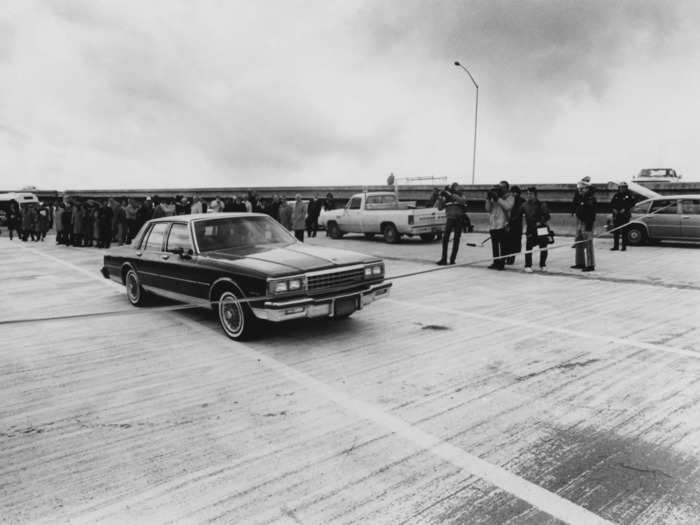
Source: The Guardian
At times, highways that have been built have specifically harmed minority communities. For instance, in 1967 in Nashville, officials added a bend to Interstate 40 to ensure the highway went through a predominantly Black neighborhood rather than a white one.
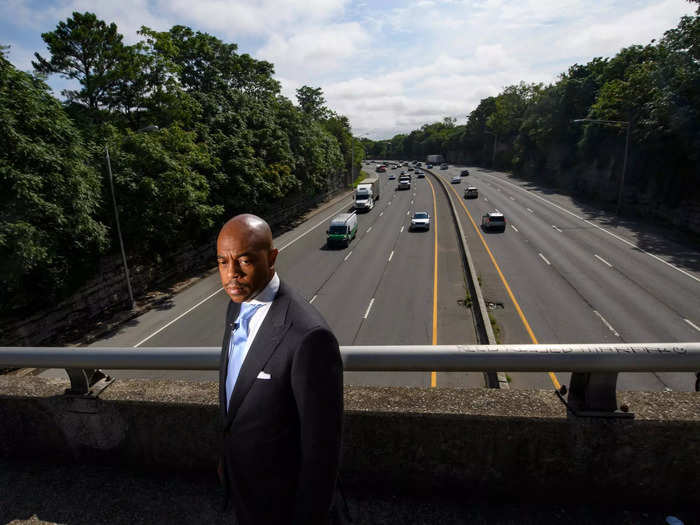
Source: Los Angeles Times
More recently, protestors have fought a $9 billion expansion of the I-35 in Austin, claiming it is discriminatory.
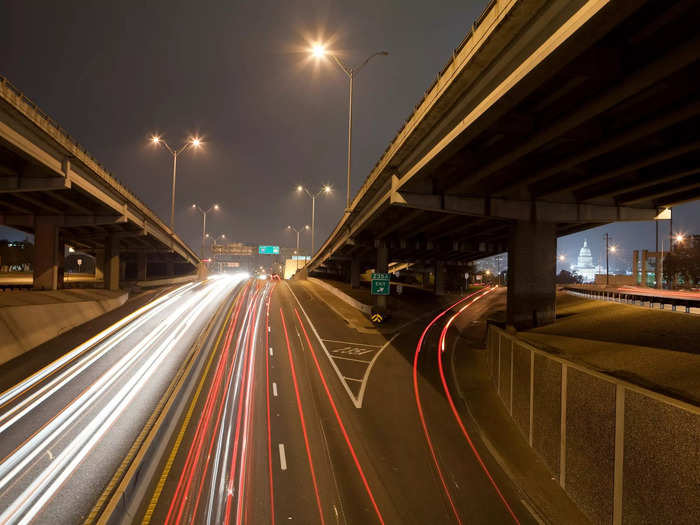
Source: Texas Standard
Since the 1960s, new highways have forced out about 1 million people from their homes. The majority of these residents have been Black.
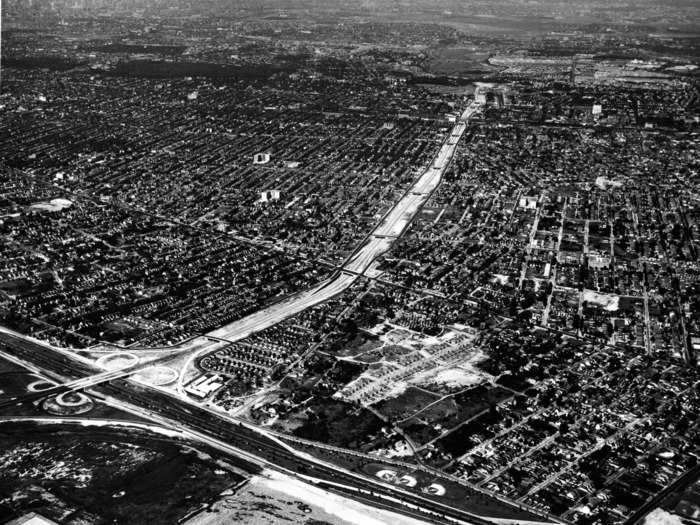
Source: The Guardian
And highways are hard to ignore. In Los Angeles, one section of the I-405 is 14 lanes wide.
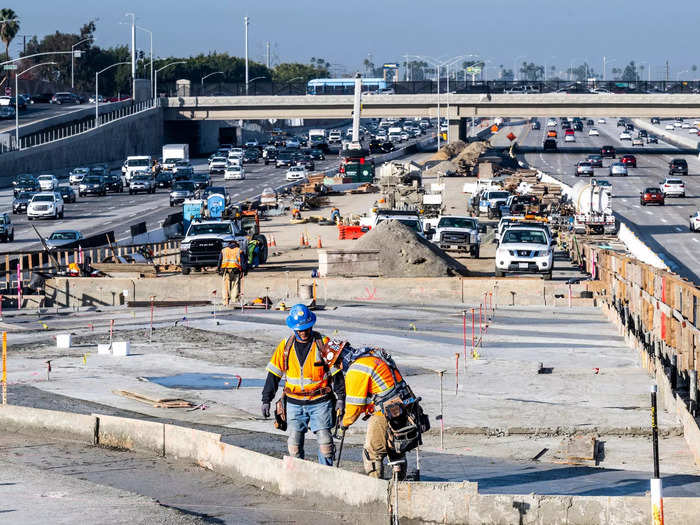
Source: PolitiFact
In Atlanta, there are sections of the I-75 that are 15 lanes wide.
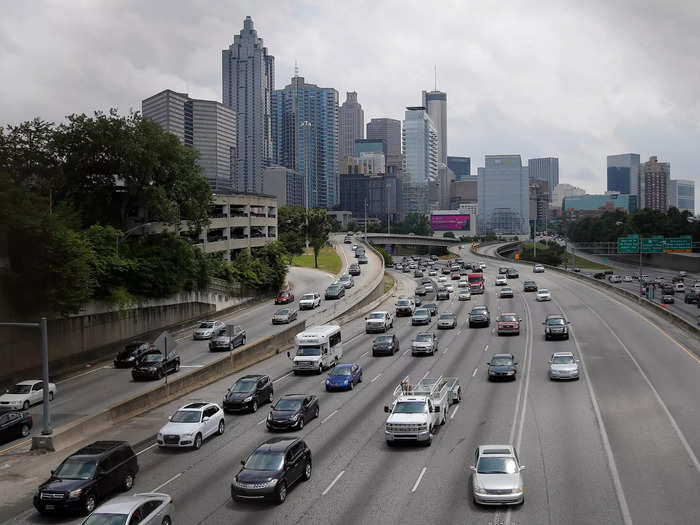
Source: PolitiFact
And then there's the I-10, also known as the Katy Freeway, in Houston. At certain points, the I-10 is 26 lanes wide.
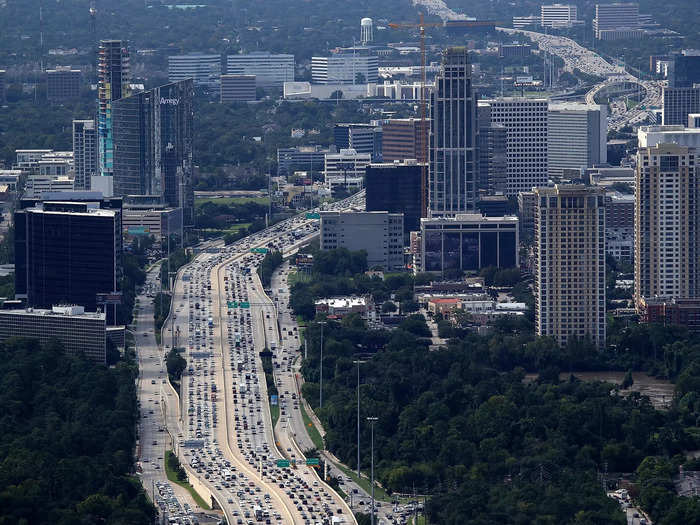
Source: New York Times
In 2008, the Katy Freeway was extended at a cost of around $2.8 billion. But instead of helping with congestion, traffic actually increased substantially from 2011 to 2014 as more vehicles used the additional lanes.
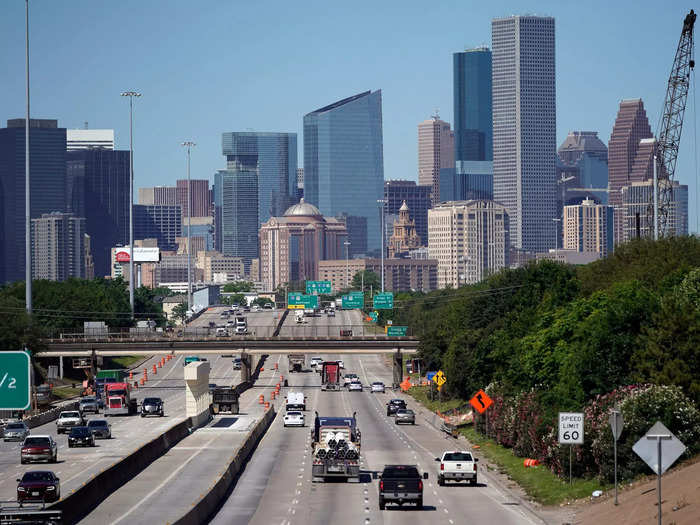
Sources: Bloomberg, The Guardian
As early as the 1960s, economists were saying more roads only meant more cars — widening highways doesn't work. It's the theory of "induced demand," which basically means congestion rises to meet new capacity.
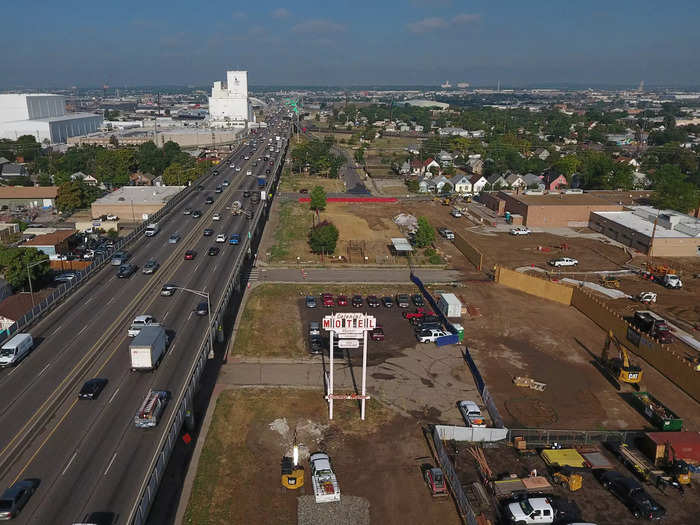
Sources: New York Times, The Guardian
But new highways kept getting built. Between 1993 and 2017, roads increased by 42% in the country's largest 100 cities, while population growth was only 32%. Traffic delays still rose by 144%.
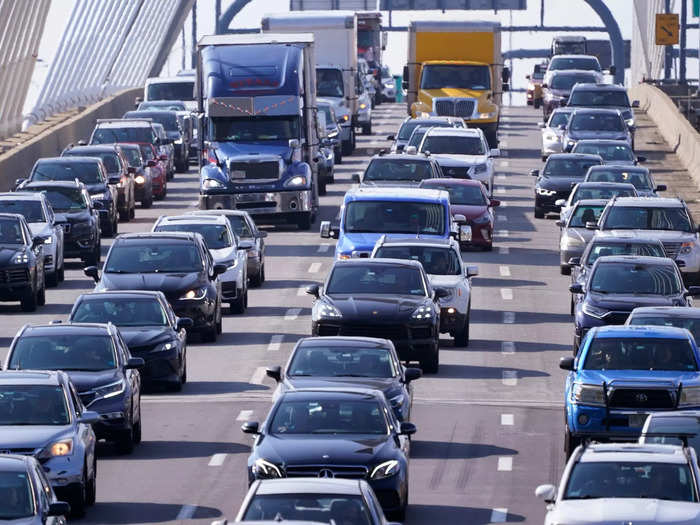
Source: Curbed
But sometimes states don't have a choice. For instance, in Texas, the state constitution requires funding to be used on highways before other forms of transport.
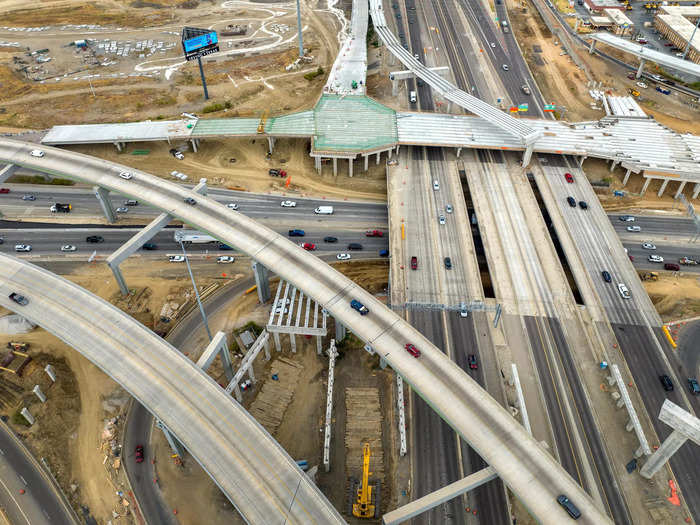
Sources: Bloomberg, The Guardian
Right now, America could be at a crossroads. Last year, the federal government enacted an infrastructure law to provide states with $350 billion to be used for highways.
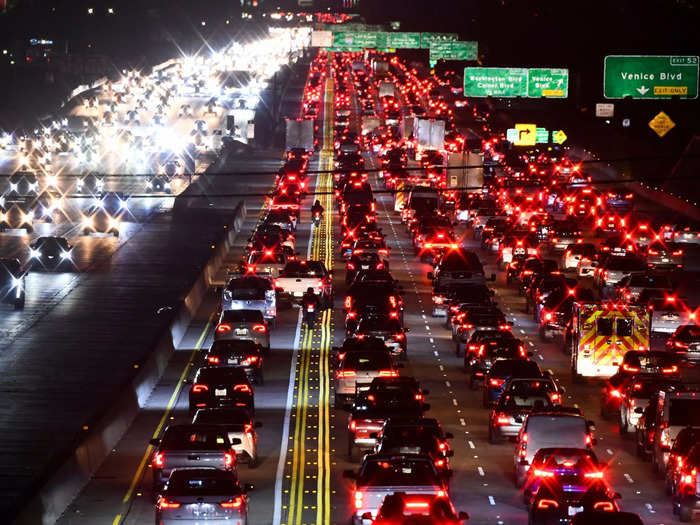
Source: New York Times
Some environmental organizations were dismayed by the law. This was because, of the $1.3 trillion put aside for transport, only 20% was for transit while 80% went to highways.
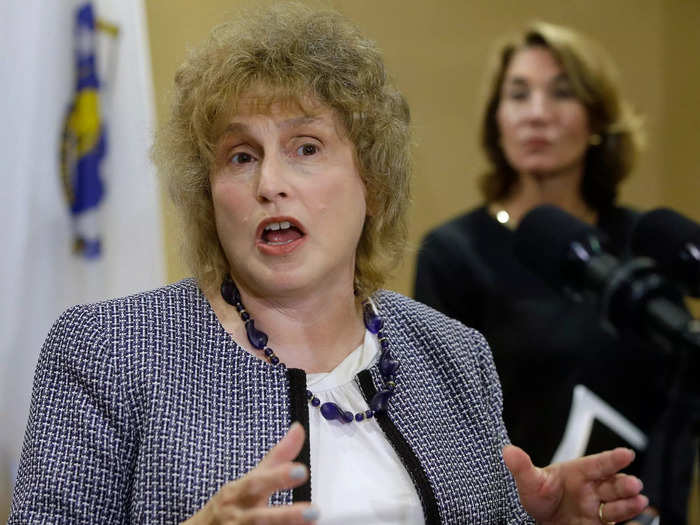
But President Biden's administration showed a gentle indication for its preferred spending.
Stephanie Pollack, deputy administrator of the Federal Highway Administration, sent a memo to her staff telling them to encourage governments to first look at fixing current roads before laying new ones.
Source: Wired
Even so, some states including Oregon, Maryland, Texas, and New York are pushing forward with the status quo. They're looking to re-widen highways, including the Brooklyn Queens Expressway.
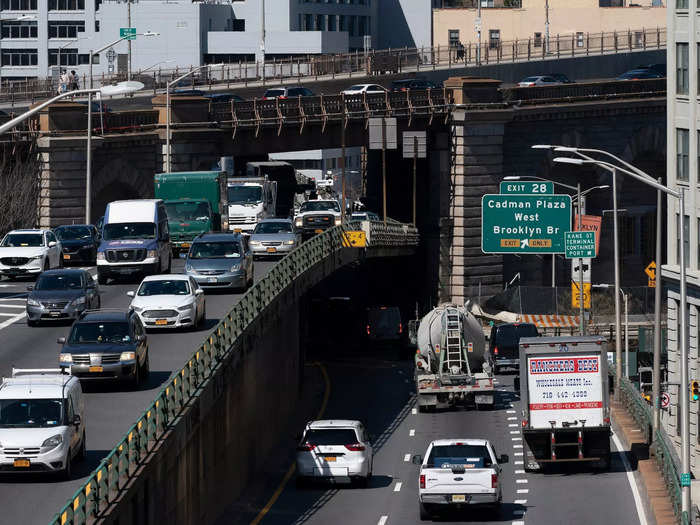
Source: New York Times
And the I-270 and I-495 in Maryland, which will cost around $11 billion.
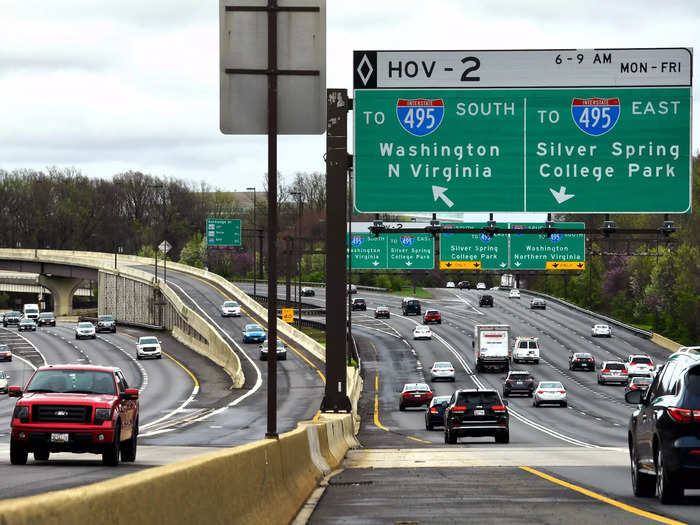
Sources: New York Times, Washington Post
Wider highways mean more vehicles and more pollution. Across the US, transportation is already responsible for 27% of the country's greenhouse gas emissions.
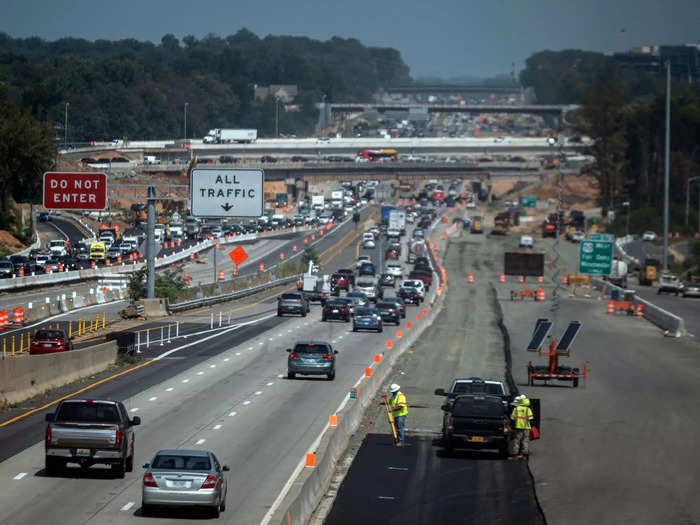
For comparison, the agricultural industry is responsible for 11% of the country's greenhouse gas emissions.
Source: EPA
Some states and cities are looking at alternatives. In Los Angeles, an expansion to Interstate 710 was abandoned in 2022 after the chief planning officer noted the city didn’t see “widening as a strategy” for the city.
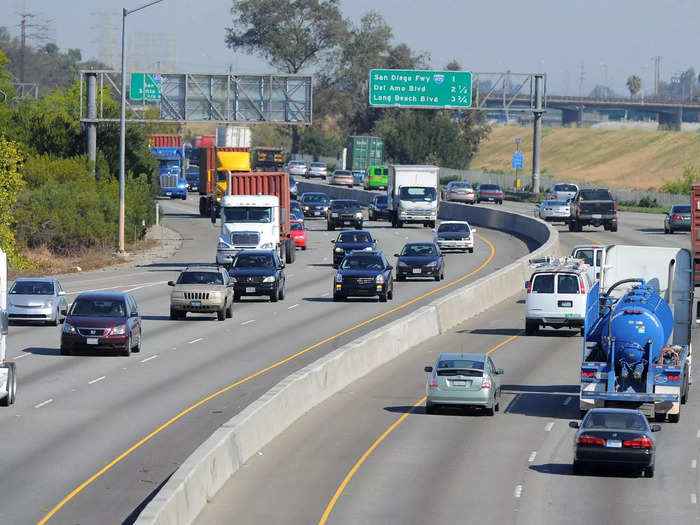
Considering Los Angeles is known for its congested highways, this was a big deal.
The decision was made after another recently completed project in Los Angeles only temporarily eased traffic before it increased again.
Source: New York Times
In Portland, young climate activists have been fighting against a $1.2 billion plan to widen the I-5 in a section which runs through a neighbourhood called Albina, a historically Black neighborhood.
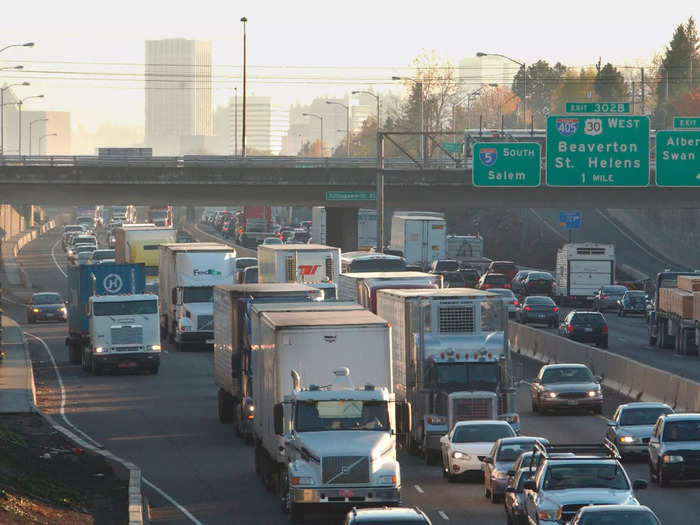
Its air quality is already so bad local scientists have recommended that local school children don't play outside.
Source: Bloomberg
So, what's the answer? Matt Turner, an economics professor at Brown University, noted if you want more cars on the road, add more lanes. But that's not what most people want.
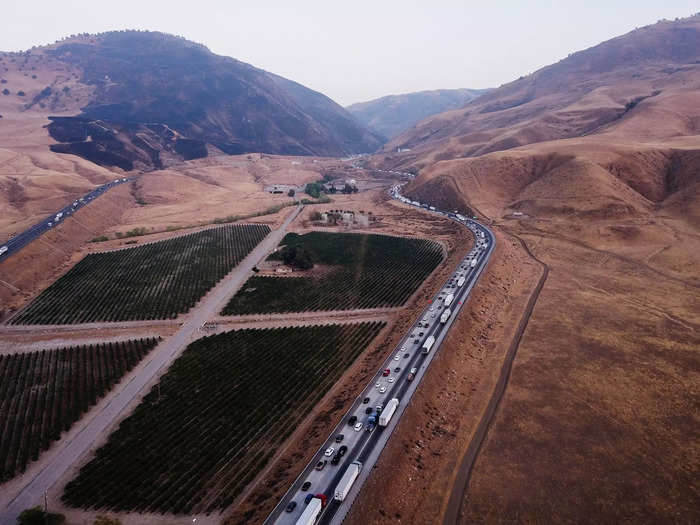
Sources: The Guardian, New York Times
On the contrary, Transportation Secretary Pete Buttigieg said: "Connecting people more efficiently and affordably to where they need to go is a lot more complicated than just always having more concrete and asphalt out there."
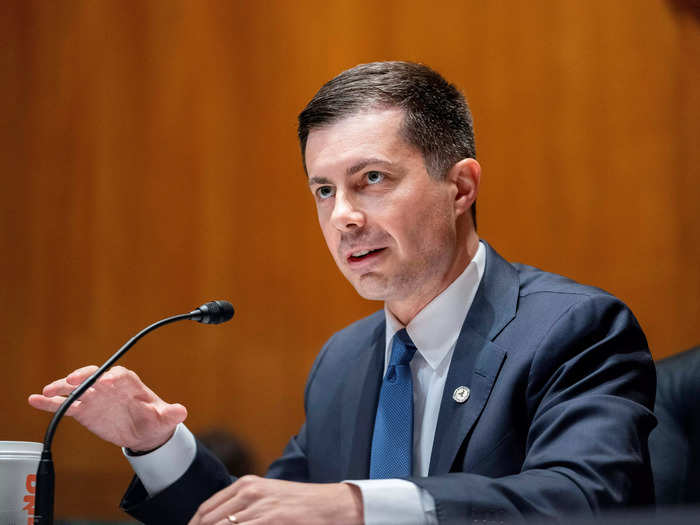
Buttigieg has publicly backed prioritizing fixing existing highways over building new ones.
Sources: New York Times, Bloomberg
Los Angeles is looking into potentially using railways to transport freight to lower the burden on highways.
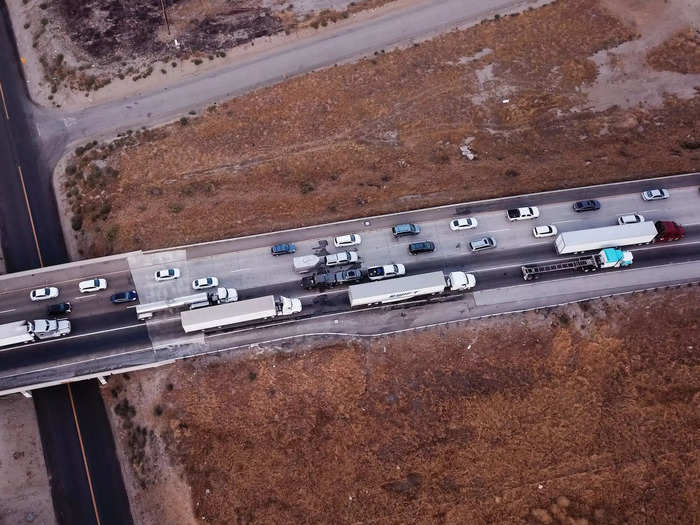
Source: New York Times
While in Colorado adopted a new transport regulation in 2021 that directs transport planners toward projects designed to lower pollution, like cycle lanes and more bus routes.

Mass transport is part of the answer — and it works, too. When Seattle focused on buses and light rail from 2010 to 2017, the increased use of public transport meant traffic decreased, even as the city grew by more than 100,000 people.
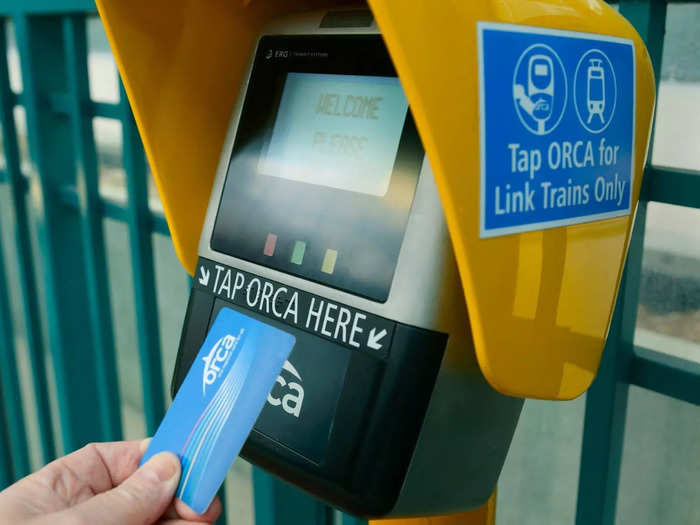
Source: Curbed
But despite the advantages, it also comes down to money, Ben Holland, an urban design and land use expert at clean energy non-profit RMI, told The Guardian. Right now, most roads are toll-free and are government subsidized.
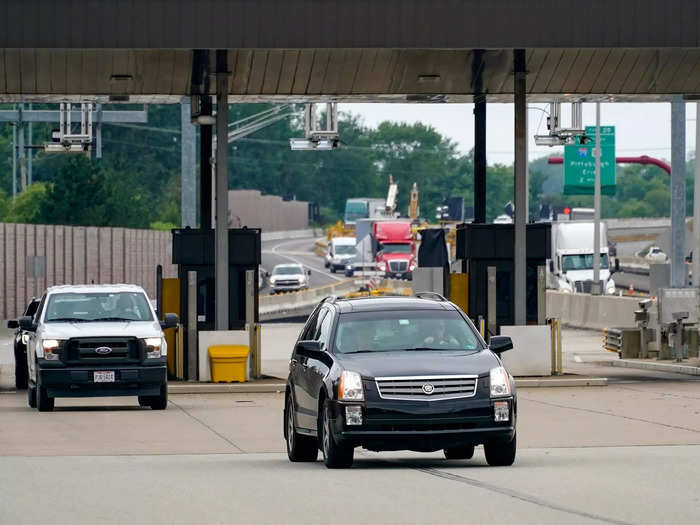
Source: The Guardian
While there's no easy answer, states and the federal government need to think creatively about how roads and public transport are paid for. One option is a congestion charge — charging people for traveling at peak times.
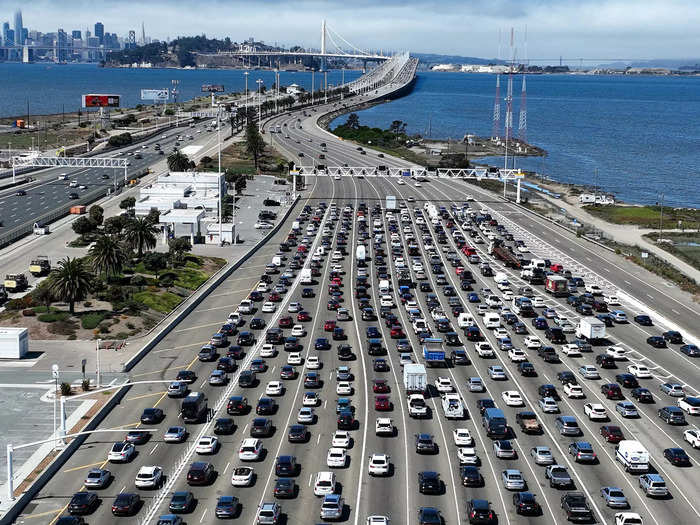
The charge would aim at prompting people to travel at different times and only those who needed to travel at peak times would pay the fee meaning traffic would be eased and wider motorways wouldn't be necessary.
It's worked in London and in Stockholm.
Source: The Conversation
Other options include more express bus lanes, cycle lanes, walking bridges, and light rail. Basically, people need affordable options to get them out of cars and off the roads.
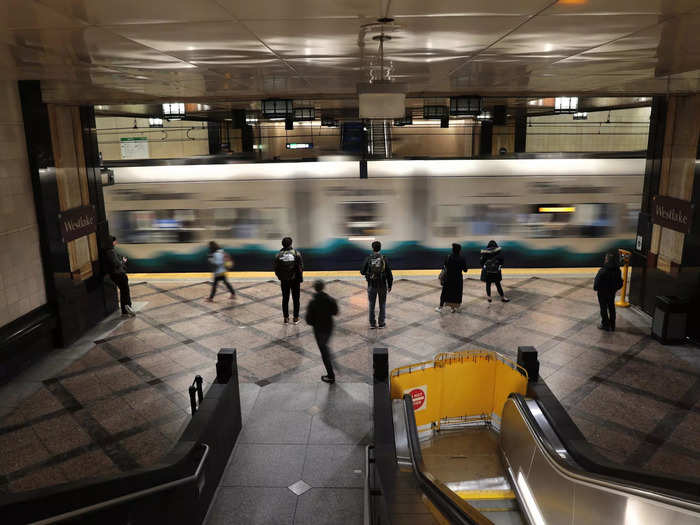
Source: New York Times
"This is a make-or-break moment," Holland told The Guardian. "How the states use those highway funds will basically determine whether we meet our transportation emissions goals."
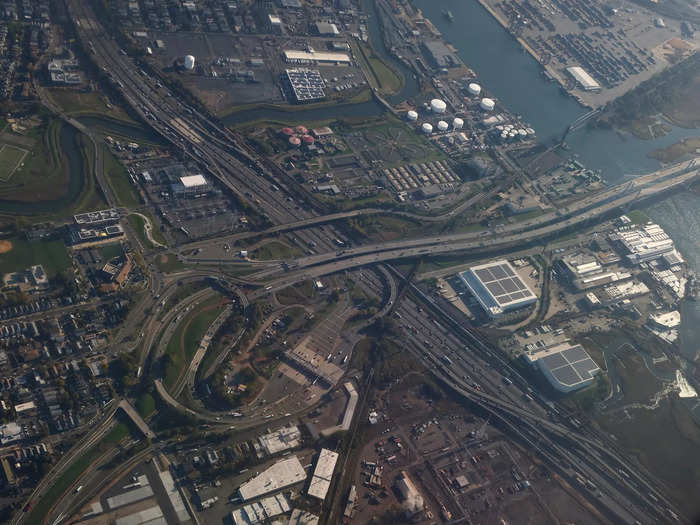
Source: The Guardian
Popular Right Now
Popular Keywords
Advertisement